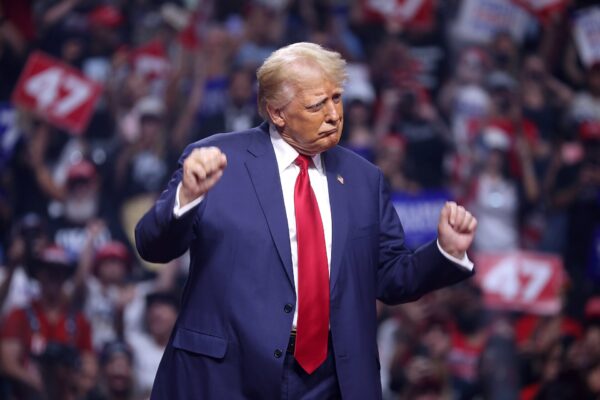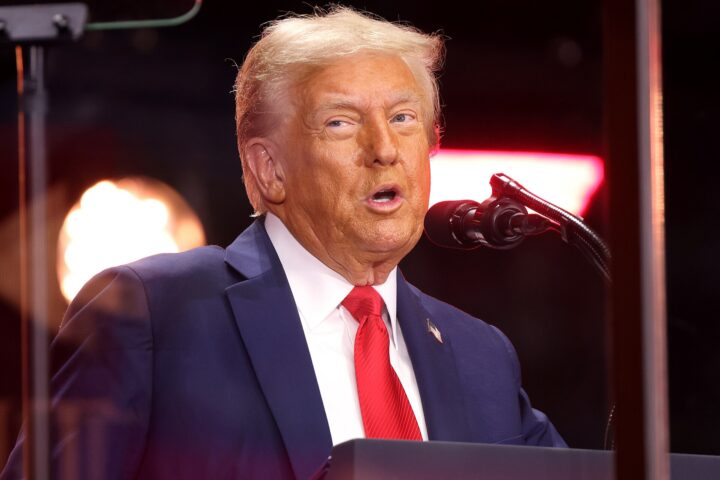American consumers are reportedly feeling increasingly confident in the economy, with optimism reaching its highest point in five months, even as President Donald Trump moves forward with his aggressive trade agenda.
The University of Michigan’s latest Consumer Sentiment Survey, released Friday, shows that consumer confidence rose to 61.7 in July — a steady climb from the previous month and the highest reading since February.
Though still well below the pre-pandemic benchmark of 100, the continued improvement in sentiment suggests that American households are beginning to feel more secure, despite persistent warnings from economic elites and media skeptics who have long criticized Trump’s tariff policies.
“Perceptions of this month’s economic developments were similar across the political spectrum; Republicans, Independents, and Democrats all saw some minor increases in sentiment this month,” the University of Michigan report noted.
Importantly, it added that while consumers remain wary of the long-term future, “their worries have softened since April 2025,” when concerns about inflation and global trade friction were at their peak.
Critics of Trump’s so-called “reciprocal tariffs” — which place levies on countries that run trade surpluses with the United States — have repeatedly predicted economic fallout.
But their predictions have yet to materialize. Inflation, which many economists forecasted would spike under Trump’s tariffs, has held steady, and second-quarter economic growth surpassed expectations, clocking in at 3%.
These outcomes suggest that the Trump administration’s firm stance on trade is beginning to pay off. Instead of the economic chaos critics warned about, the economy is showing signs of resilience. The American public, it seems, is taking notice.
The timing of the sentiment report is notable. It was conducted just days before Trump’s August 1 trade deadline, which the White House announced Thursday night will be pushed to August 7 to give U.S. Customs and Border Protection time to implement the sweeping tariff changes.
The delay follows months of negotiations that have already resulted in successful trade agreements with key allies, including the United Kingdom, Japan, Vietnam, and the European Union.
According to Trump, the new tariff framework will impose a 10% levy on all countries running a trade deficit with the United States, and a minimum of 15% on those with a surplus.
Over a dozen nations will face rates between 19% and 41%, as the administration intensifies efforts to rebalance trade and protect American workers.
“We are finally putting America first,” Trump said in a recent statement, touting the tariffs as “common-sense measures” to address decades of unfair trade practices.
The jobs report released the same day revealed slightly fewer new jobs than anticipated, but the unemployment rate remained steady — another indicator that the broader economy is weathering the transition.
For months, establishment economists and media outlets painted a bleak picture of what Trump’s trade realignment might bring. But with inflation steady, growth solid, and consumer sentiment rising, those narratives are being challenged — not by rhetoric, but by results.








